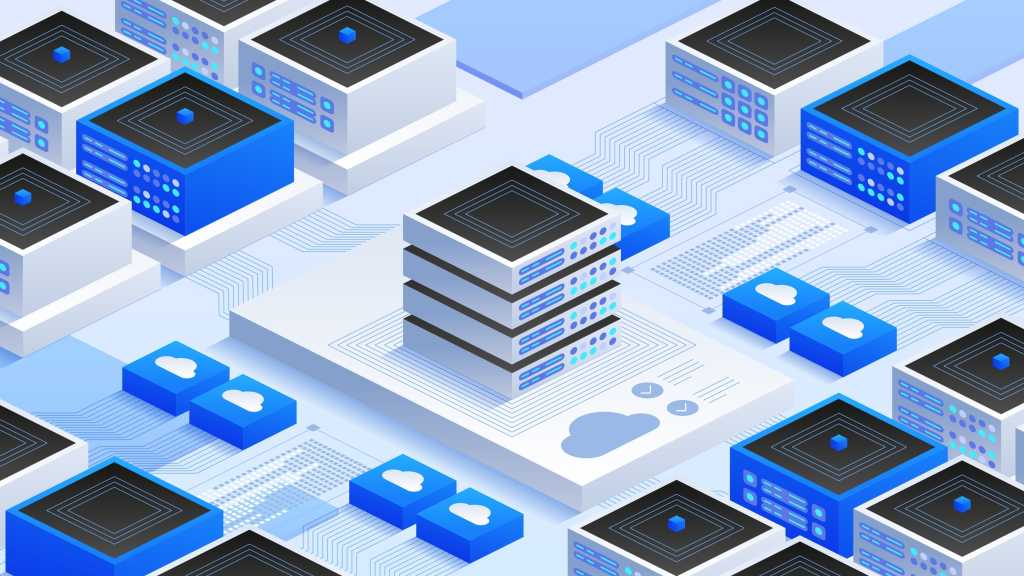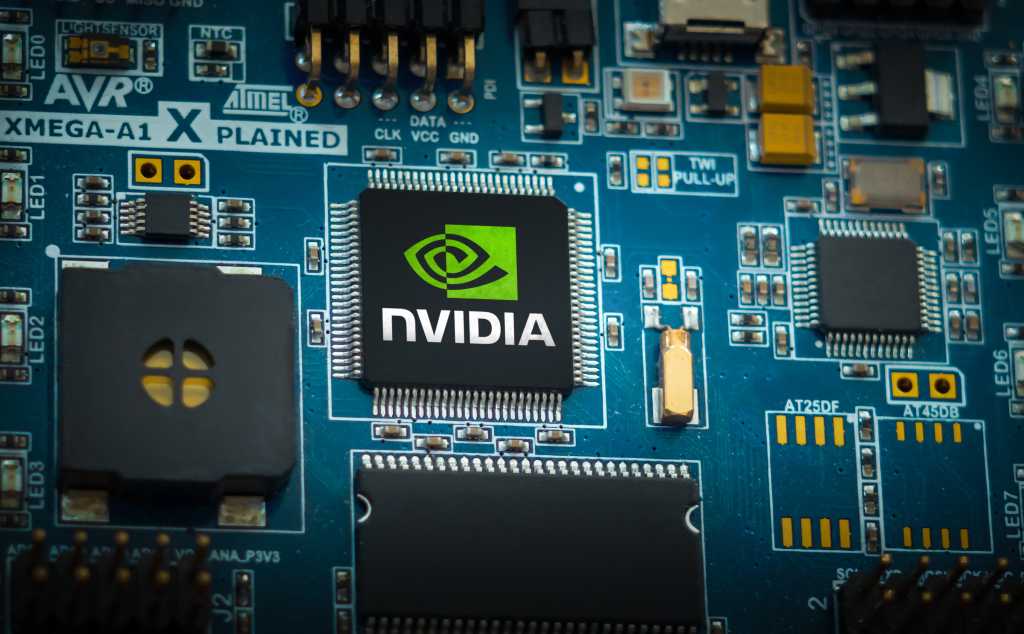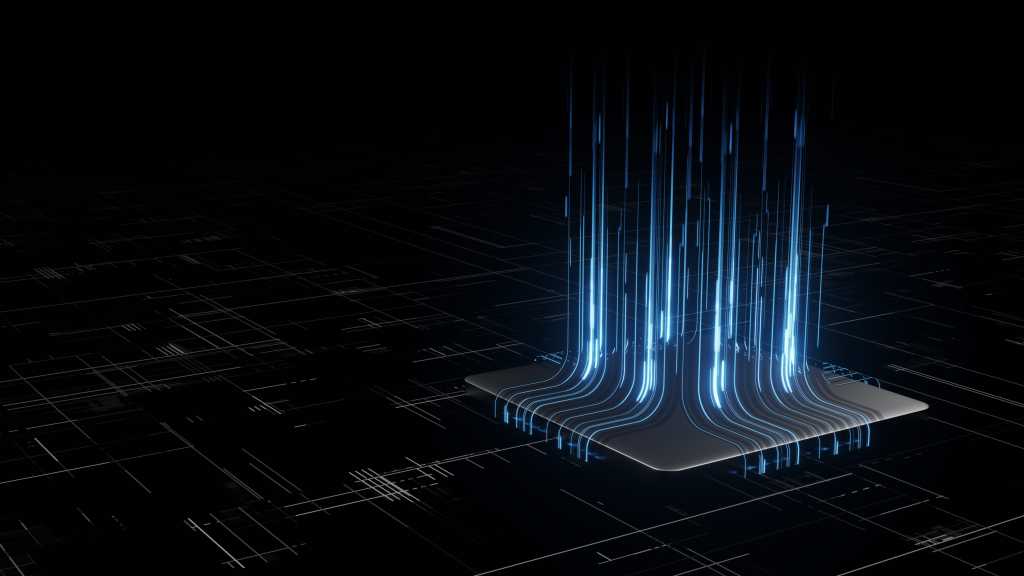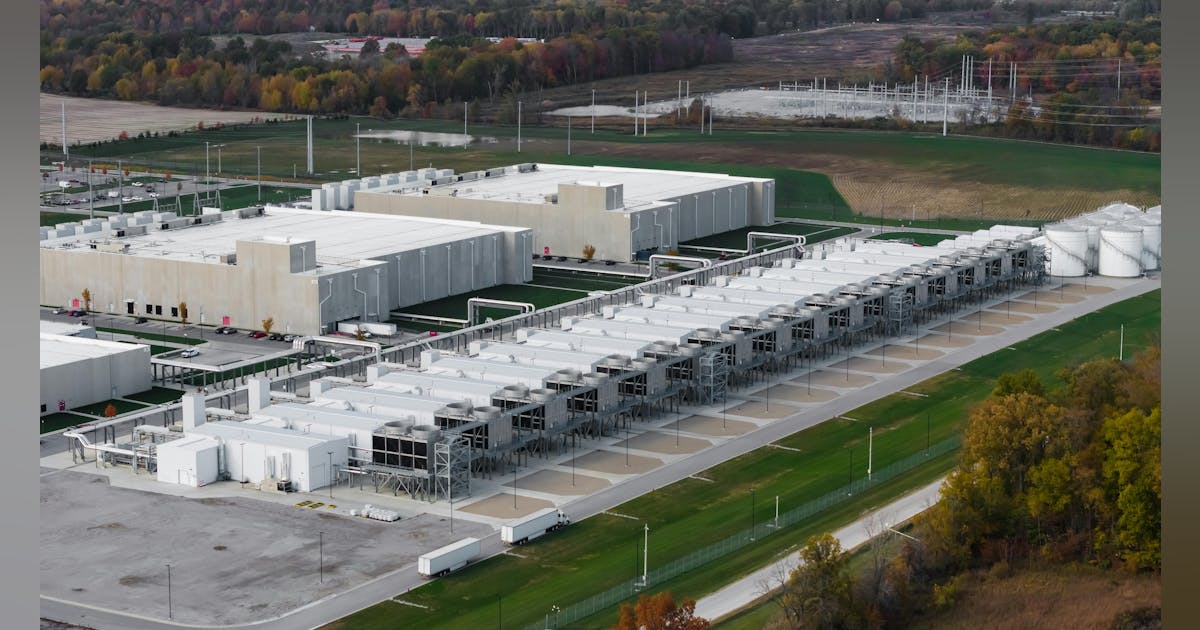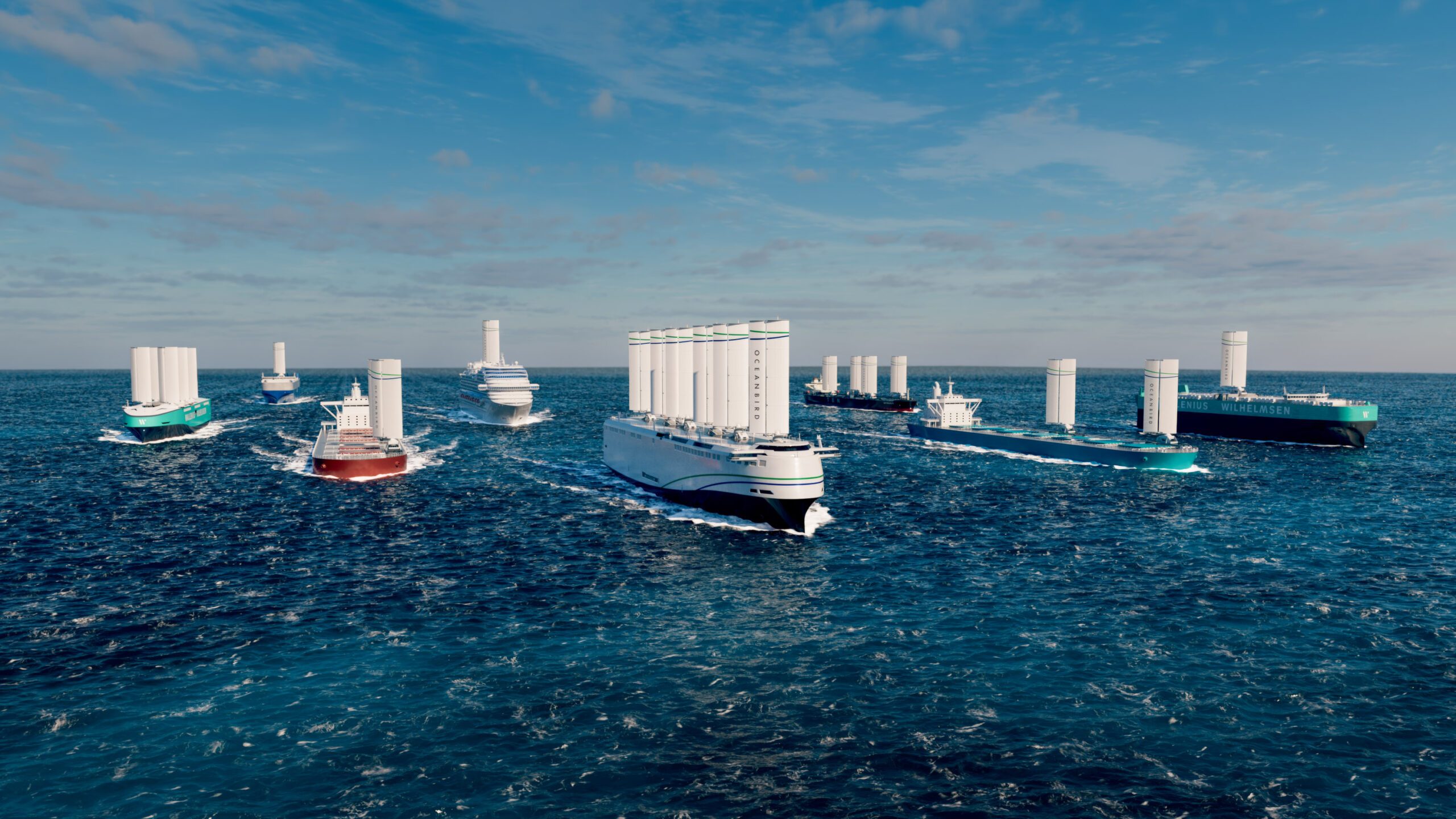Join our daily and weekly newsletters for the latest updates and exclusive content on industry-leading AI coverage. Learn More
Eureka, a household cleaning pioneer with over a century of history, has unveiled its Eureka J15 Max Ultra robotic vacuum.
While such robotic vacuums are plentiful now, this one has cool features like being able to detect and adapt to transparent liquids. It’s another example of a 115-year-old company showing up at CES 2025 with new technology.
It also introduces an anti-tangle mechanism that can cut it free when it gets caught on carpet tangles. It has an extendable side brush and mop for accessing the tightest corners, enhanced obstacle-crossing capabilities to glide smoothly over thresholds, and a powerful 22,000 Pa suction system for cleaning performance. My family had a Eureka vacuum when I was growing up. But it wasn’t autonomous.

The Eureka J15 Max Ultra has a self-cleaning base station and the FlexiRazor technology, which effortlessly cuts through tangles to minimize maintenance.
Pet owners have also been wowed by the series’ pet-friendly design, featuring the ability to avoid pet waste and allow remote video interaction with pets (with user permission), ensuring a stress-free cleaning experience for both pets and owners.
IntelliView AI 2.0 – transparent liquid stain detection

Eureka’s proprietary IntelliView AI technology, first introduced with the earlier J15 Pro Ultra, provides a more intelligent way to manage wet messes. When encountering wet messes, it commands the robot to automatically rotate its body, prioritize mop cleaning, and lift the roller brush to prevent liquid from entering the dustbin. However, transparent liquids could still be missed due to the influence of ambient light on the robot’s vision sensors.
The Eureka J15 Max Ultra overcomes this limitation with the groundbreaking IntelliView AI 2.0, an advanced system that integrates an infrared vision system and an FHD vision sensor. This combination allows the vacuum to generate two types of views in real-time: high-definition images of the objects and their surface structures that are largely unaffected by ambient light or lighting variations.
These images are processed by powerful AI algorithms trained to identify subtle differences in surface reflections and texture, enabling the robot to detect liquids clearly, even transparent ones.
Enhanced side brushes – extendable and anti-tangle tech

To tackle even the tightest corners and smallest nooks, the Eureka J15 Max Ultra features an advanced dual extension system. This system combines the widely acclaimed ScrubExtend mop extension technology from the J15 Pro Ultra with the newly introduced SweepExtend.
Together, these innovations enable the mop and side brush to automatically extend when detecting corners and edges, ensuring thorough cleaning coverage, even in the most hard-to-reach spaces.
Eureka takes anti-tangle innovation a step further with the introduction of the DragonClaw Side Brush. Unlike traditional side brushes with equilateral triangle bristles prone to tangling, the DragonClaw features a cutting-edge V-shaped design. This design leverages centrifugal force during rotation to actively untangle hair, offering unparalleled anti-tangle performance and ease of maintenance.
Enhanced obstacle-crossing and suction power

With enhanced power and agility, the Eureka J15 Max Ultra sets a new standard in performance. Delivering an impressive 22,000 Pa of suction power—a 35% increase over its predecessor—it ensures deep and thorough cleaning. Equipped with advanced ObstaCross Technology, the robot effortlessly navigates standard thresholds up to 1.18 inches and handles complex double-layer thresholds up to 1.57 inches*, allowing it to seamlessly transition across diverse floor types and obstacles with ease.
Availability and pricing
The Eureka J15 Max Ultra is expected to be available in June 2025, priced at $1,300. The initial sales wave will kick off in the United States, Germany, France, Italy, and Spain.
In addition, Eureka also introduced the J15 Ultra, an entry-level model in the Eureka J15 Series, featuring 19,000 Pa suction power, FlexiRazor Technology, ScrubExtend, and the All-in-One Base Station. The J15 Ultra is set to launch in March 2025 at a price of $800. For more information, please visit Eureka’s official website at .
Founded in 1909 in Detroit, Michigan, Eureka offers a full line of vacuum cleaners, including uprights, canisters, sticks, handhelds, cordless, and robot vacuum cleaners.
Daily insights on business use cases with VB Daily
If you want to impress your boss, VB Daily has you covered. We give you the inside scoop on what companies are doing with generative AI, from regulatory shifts to practical deployments, so you can share insights for maximum ROI.
Read our Privacy Policy
Thanks for subscribing. Check out more VB newsletters here.
An error occured.




